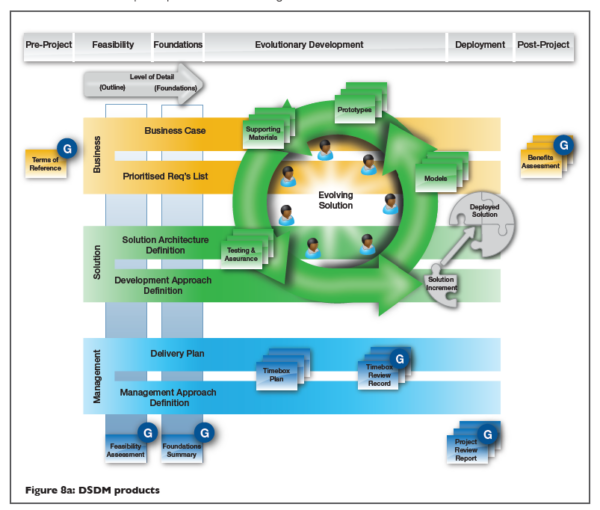
Agile, what documentation?
In today’s world (FY2023) Agile methodology is widely adopted across different sectors and industries. If we look at Fortune 500 companies, over 70% of them have one way or another adopted Agile methodology. That translates to 350 out the 500 most successful companies in the world is no small feat. Since Agile methodology was initially developed back in the year 2001 specifically for the software development industry, to date we are looking at more than 85% adoption rate.
Everywhere that we turn these days you will hear Executives talk about reading an article, hear a podcast, watch a YouTube/TikTok video, hashtag it on a post on Instagram. However there seems to be a myth that when one does “Agile” then no documentation is required? As one of the key items mentioned in Agile Manifesto clearly states, “Working software over Comprehensive Documentation”. Is that true that we just need to focus on getting the solution/software to work and not require any documentation at all?
As we know, documentation is required to show evidence of auditability, accountability, and compliance when we undertake a project. In SCRUM itself, there are also 3 key artifacts (documents) namely.
- Product Backlog
- Sprint Backlog
- Product Increment
Therefore, it’s NOT true that there is no documentation required when one adopt SCRUM (Agile – lightweight) Framework as we still need to produce the necessary artifacts here.
In infrastructure development projects, Dynamic System Development method (DSDM – an adaptation of Agile) that was initially released back in FY1994 is also being adopted worldwide as well. Many organizations have adopted Dynamic System Development Method (DSDM) primarily as it provides a formalized governance framework that allows for the rapid development of solution / system within a controlled environment. At each stage of the DSDM framework, the products (governance documents) are mandatory to ensure auditability throughout the life cycle itself.

In the Dynamic System Development Method (DSDM) Framework, there are 6 phases/stages of the life cycle namely.
1. Pre-Project
2. Feasibility
3. Foundation
4. Evolutionary Development
5. Deployment
6. Post-Project
DSDM Framework mandates that at each of the 6 phases/stages of the life cycle, we must produce the “Products” (Documentations) required.
1. Pre-Project Terms of Reference
2. Feasibility Feasibility Assessment
3. Foundation Foundation Summary
4. Evolutionary Development Timebox Review Records
5. Post-Project Project Review Project
DSDM Framework structured approach with Agile built-in allows adaptors to undertake projects and provide the necessary documentation as well. DSDM is unique in this respect where we can adopt Agile built-into the framework itself.
Both SCRUM and DSDM have demonstrated that when one does Agile, Documentation is indeed necessary. So now you know that Agile does require one to do documentation as well.
Visit our Cybiant Knowledge Centre to find out more latest insights.
Interested in knowing more about Agile Documentation? Reach out to Cybiant’s consultants by dropping a quick e-mail at info@cybiant.com to us.

